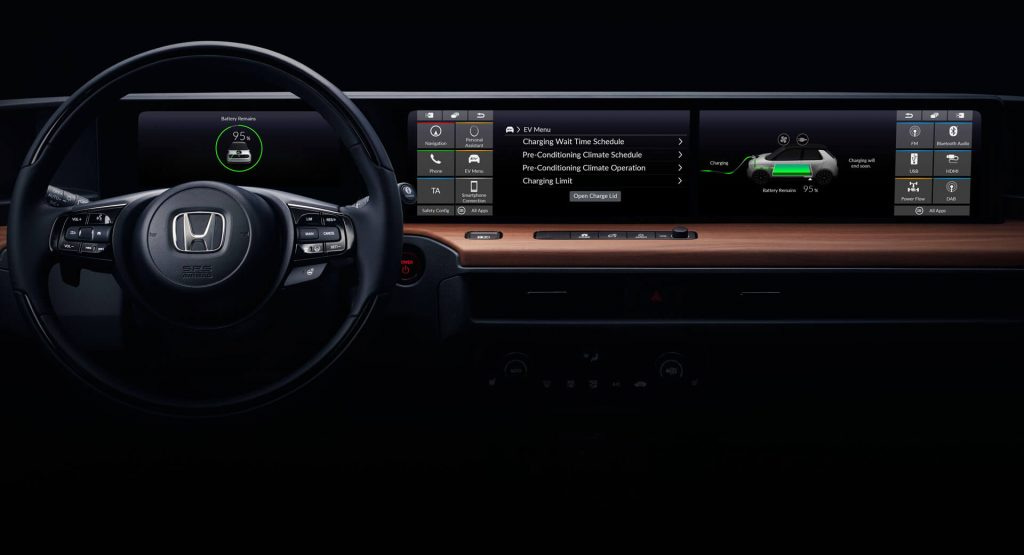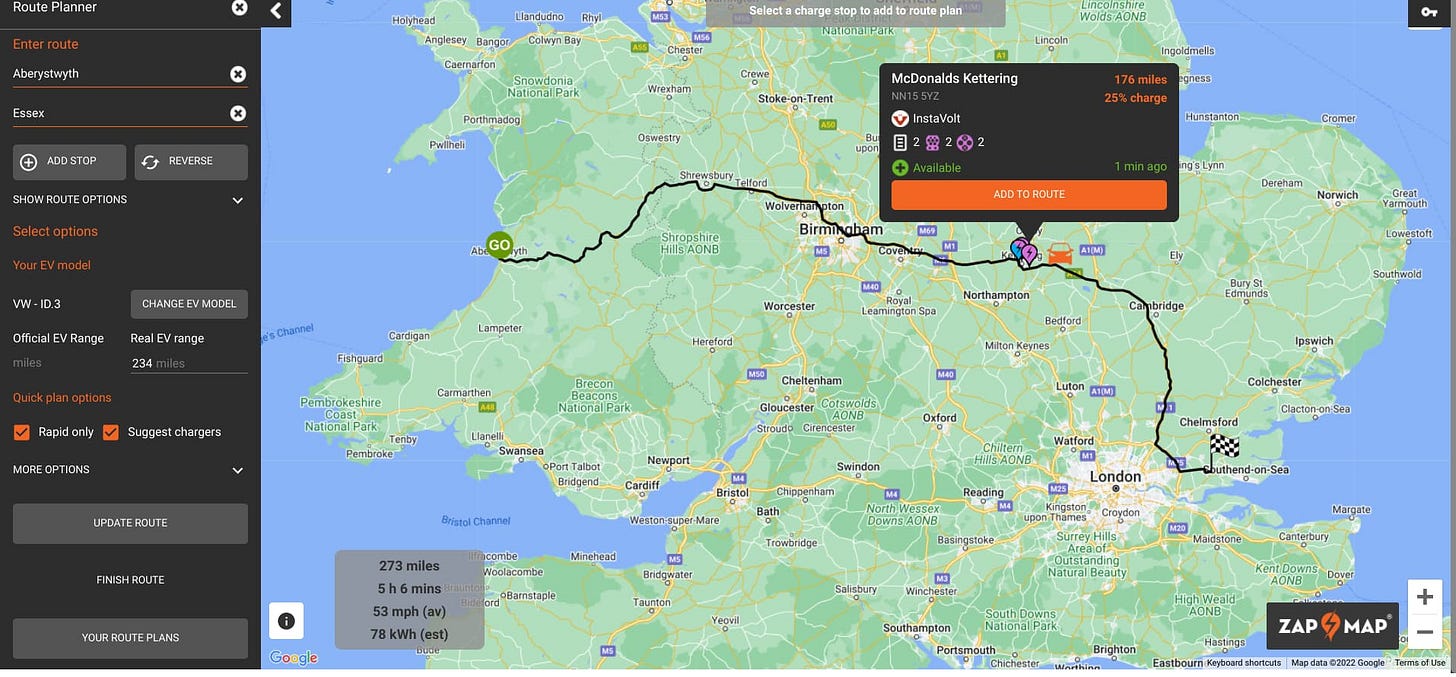Two-Stop EV Charging to Boost Efficiency
Charging your electric vehicle in two shorter sessions at a lower state of charge can save time, improve battery health, and reduce range anxiety. Learn smart two-stop charging strategies.
For electric vehicle owners, understanding how to charge efficiently is key to saving time and maximising battery life. While it may seem logical to plug in and charge up fully in one go, a two-stop charging approach can often be a smarter strategy.
By stopping twice for shorter charging sessions at lower State of Charge (SoC), you can take advantage of faster charging speeds, align stops with your travel needs, reduce battery stress, and minimise range anxiety. Read on to learn how and why “two is better than one” when it comes to planning EV charging stops.
Key Takeaways
Two shorter charging stops can reduce total charging time compared to one long session.
Lower state of charge allows faster charging speed due to the battery charging curve.
Coordinating charging with your route and breaks adds convenience.
Moderate charging is healthier for batteries than frequent 100% top-ups.
EV Charging Basics
First, a quick primer on key EV charging terms:
SoC - State of Charge: The battery's current charge level shown as a percentage of full capacity. Your vehicle's "fuel gauge".
kWh - Kilowatt-hour: The unit of energy used to describe battery capacity and charging power.
Charging Levels: Level 1 uses a regular wall outlet for slow overnight charging. Level 2 uses a 240V outlet for faster few-hour charging. DC fast charging can add substantial range in under an hour.
The Benefits of Two Stops
Faster Charging at Lower SoC
An EV battery charges faster at a lower state of charge. Charging speed slows down progressively as the battery fills up. By stopping twice and charging at a lower SoC, you maximise time on the faster part of the charging curve.
For example, charging a Tesla from 20% to 60% SoC might take 15 minutes, while 60% to 100% may take 30 minutes at the same charger. Two 30-minute stops can put more energy into the battery than one 60-minute charge session.
Convenience and Route Planning
Coordinating charging stops with meal breaks or other stops makes the trip more convenient and enjoyable. Two stops also gives flexibility for route planning if needed.
Modern tools like Zap-Map make locating charging points convenient and even allow them to be incorporated into journey planning. With the growth in public networks, finding suitable stations for two-stop trips is increasingly viable.
Battery Health
Repeatedly fast charging to 100% SoC can accelerate battery degradation. Two shorter charges to lower peaks puts less sustained strain on the battery, potentially prolonging its lifespan.
Follow manufacturer guidance on maintaining battery health, including charge frequency and avoiding overcharging.
Overcoming Range Anxiety
Knowing charging stops align with your route limits range anxiety. If unplanned detours are needed, having less than a 100% full battery gives you the flexibility to top up as required.
Apps that incorporate chargers into navigation and provide real-time range estimates further alleviate worries over running out of charge mid-journey.
Practical Tips for Efficient Two-Stop Charging
Use trip planning apps to map out charging stops and destinations - Zap-Map and Watts-Up are great!
Monitor SoC and target charging levels for maximum speed - often around 20-60% SoC.
Align stops with meal breaks or other needs.
Opt for chargers offering renewable energy sources when possible.
Adapting your EV charging strategy to utilise two stops at lower SoC can optimise efficiency, battery life, and trip enjoyment. Smarter charging through better awareness unlocks the full potential of electric vehicles.
Conclusion
As discussed, switching to two shorter charging stops at lower state of charge provides important benefits:
Quicker charging thanks to faster speeds when battery level is low.
Increased convenience by aligning stops with your trip needs.
Reduced battery strain compared to repeated 100% fast charges.
Less range anxiety knowing chargers fit your route.
While one-stop full charges may seem simpler, they often are not the most effective approach for time or battery health. Adopting a two-stop plan requires planning but pays off.
To begin implementing this strategy:
Use route tools to map optimal charging stop locations and distances.
Monitor the state of charge and exit charges before 100% when feasible.
Coordinate stops with meal or rest breaks to integrate both seamlessly.
Electric vehicles enable sustainable transportation, but smart charging unlocks their full potential. Equipped with knowledge on maximising efficiency in two shorter stops, EV owners can optimise their driving experience.
Smarter charging habits take awareness and preparation. But the benefits for you and your vehicle make it a worthwhile endeavour. By reconsidering one-stop full charges, you can embark on your electric journey knowing you have the power to go the distance.







🤣🤣🤣🤣🤣🤣🤣🤣